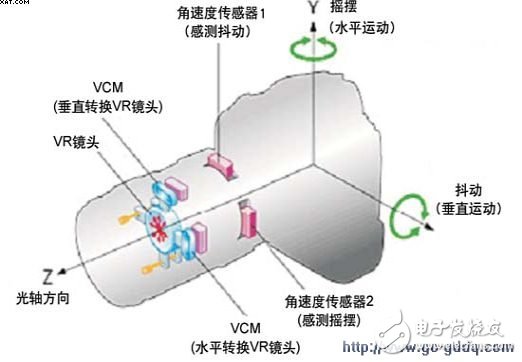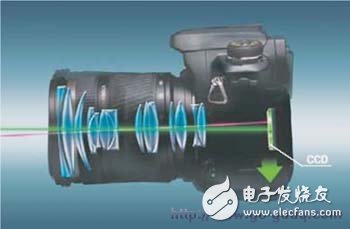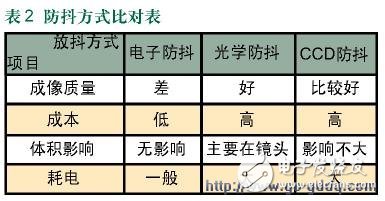Chatting against digital camera anti-shake technology
Hand shake is ubiquitous. As long as it is a handheld camera, there are more or less jitter problems. The difference is that everyone's stability is different. This involves the concept of a safe shutter. In simple terms, a safety shutter is the reciprocal of the focal length, that is, the shutter speed reaches or exceeds the safety shutter (the exposure time is less than the exposure time of the safety shutter), which makes it easier to take a clear picture. In the case of long focal length shooting, low light source environment shooting, and macro shooting, since the exposure time is much longer than the exposure time of the safety shutter, anti-jitter technology is needed to compensate, otherwise the results of general photography are not clear. .
Digital camera anti-shake technology is generally divided into three categories: electronic anti-shake, lens anti-shake (also known as optical anti-shake), CCD anti-shake. One of the electronic image stabilization is to increase the sensitivity (High ISO), thereby increasing the shutter speed (reducing the exposure time) and making the shutter speed exceed the safety shutter to avoid jitter. This method changes the shutter speed, not only can improve the camera's jitter, but also better capture the moving object, but because of the improved sensitivity, due to the limitations of the components, the corresponding picture noise will increase, affecting the picture the quality of. Table 1 shows the conditional system defined by the International Standards Organization. When the sensitivity (ISO) is increased by one level, the shutter time can be reduced by half. The other is electronic image stabilization, which analyzes the image and processes the edge according to the jitter. It belongs to the back-end processing and does not help the image very much. The lens anti-shake compensates the camera's jitter by the movement of the lens. It consists of a sensor, a microprocessor, a compensating lens control group, and a drive control part. It compensates for the movement of the lens to correct the light deviation caused by the hand shake, as shown in Figure 1. The lens is different and the design is different, but basically it is compensated by the compensation lens group. The CCD anti-shake is placed on a movable stand by the photosensitive component CCD (or CMOS). The sensor senses the camera's jitter, and the microprocessor calculates the corresponding amount of movement. The drive part moves the CCD to achieve the anti-shake purpose. . At present, the general camera anti-shake (CCD anti-shake or optical anti-shake) is not infinitely compensated, generally 2~~3, according to Table 1, suppose the safety shutter 1/125, level 2, shutter speed 1/30 Faster than this speed, it is easy to take clear pictures, and so on, level 3, shutter speed is 1/15. Table 2 shows the comparison table of the three anti-shake modes.

Figure 1 Schematic diagram of optical anti-shake structure

Figure 2 CCD anti-shake diagram

Table 1 Photography combination series

Table 2 Anti-shake mode comparison table
Shenzhen Hongyian Electronics Co., Ltd. , https://www.hongyiancon.com